History of Calvi
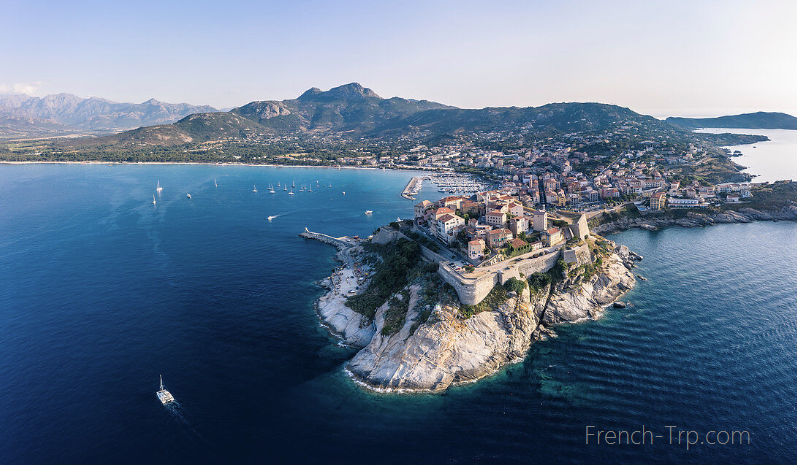
The territory of Calvi was first inhabited by the Phoenicians, then the Greeks, then the Etruscans. In the Roman era, the current Lower Town of Calvi was founded here. It was called Sinus Caesiae or Sinus Casalus, from which the current name Calvi comes.
Calvi is also associated with Christopher Columbus, who is said to have been born here. The city proudly preserves his legacy, including the house where he lived. Additionally, Napoleon Bonaparte has historical ties to Calvi, having resided in his castle within the citadel with his nephew, Prince Pierre. Alongside Porto-Vecchio, Calvi remains a key tourist destination in Corsica.
History of Calvi
Ancient Times:
Early Settlement: Calvi’s strategic location on the northern coast of Corsica made it a site of interest from ancient times. The Greeks and Phoenicians likely recognized its strategic value, though detailed records from these periods are sparse.
Roman Era:
Roman Influence: By 259 BC, the Romans had established a presence in Corsica, including Calvi. The city flourished as part of a thriving economic and commercial network with the Romans, who appreciated its advantageous position for trade and military operations.
Barbarian Invasions: In the 4th century AD, as the Roman Empire declined, Corsica fell into the hands of various barbarian tribes. This period saw significant turmoil and destruction, leading to a decline in Calvi’s prominence.
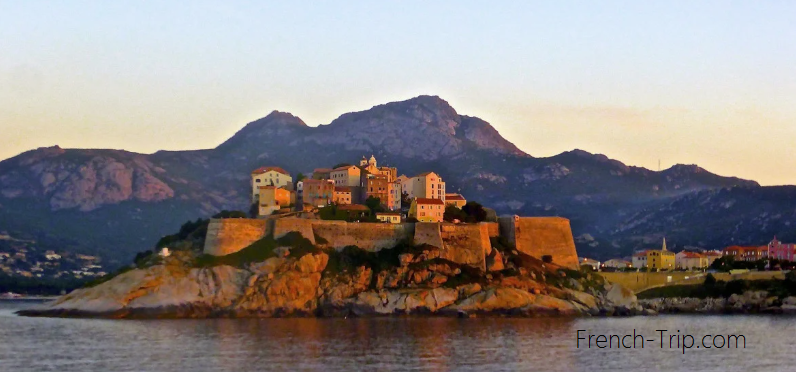
Medieval Period:
Italian Republics: From 1245, Genoa began to assert dominance over Calvi. The Genoese constructed the Citadel of Calvi, a formidable fortress intended to fortify their control and defend against rivals, particularly Pisa. The citadel’s construction marked the beginning of Genoa’s stronghold over the city.
Aragonese Rule: In 1420, Calvi came under the authority of King Alfonso V of Aragon, who briefly controlled the city. However, local resistance was fierce, and the Spanish garrison was eventually driven out after Alfonso’s failed campaigns elsewhere on the island.
In 1553, the French, in alliance with Sampiero Corsu’s rebel forces and the Turks, attempted to capture the city, laying siege to it in 1555. Despite their efforts, the French were repelled, and the city’s motto, “Civitas Calvi Semper Fidelis,” which means “Calvi City Always Faithful,” reflects its loyalty to Genoa. You can still see the inscription with this motto at the entrance to the citadel.
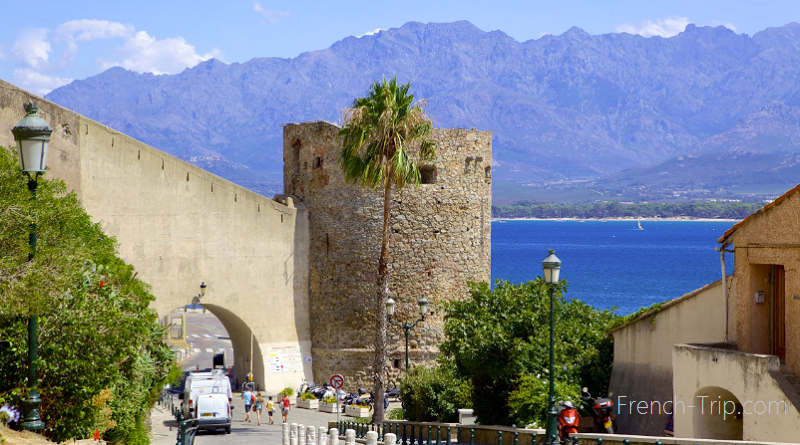
Late 16th Century and 17th Century:
Spanish Rule: Following the French siege, Calvi remained under Genoese control, but its strategic importance continued to attract foreign interest. In 1563, the city came under the jurisdiction of the Spanish Empire as part of the broader control exerted by Spain over the Mediterranean. The Spanish influence lasted until 1643.
Genoese Return: After the Spanish rule, Calvi was returned to Genoese control. The Genoese invested in fortifications and improvements to the citadel and the city’s defenses to strengthen their grip on the strategically vital location.
18th Century:
Corsican Independence Movement: The 18th century saw increasing unrest in Corsica, with the island’s inhabitants striving for independence from Genoese rule. The Corsican nationalist leader Pascal Paoli emerged as a central figure in the struggle for Corsican autonomy. In 1755, Paoli declared Corsican independence, and the island was briefly self-governed until it was reconquered by the French in 1769.
French Rule: After Corsica was annexed by France in 1769, Calvi became part of the French territory. The French administration maintained and expanded the city’s fortifications and infrastructure.
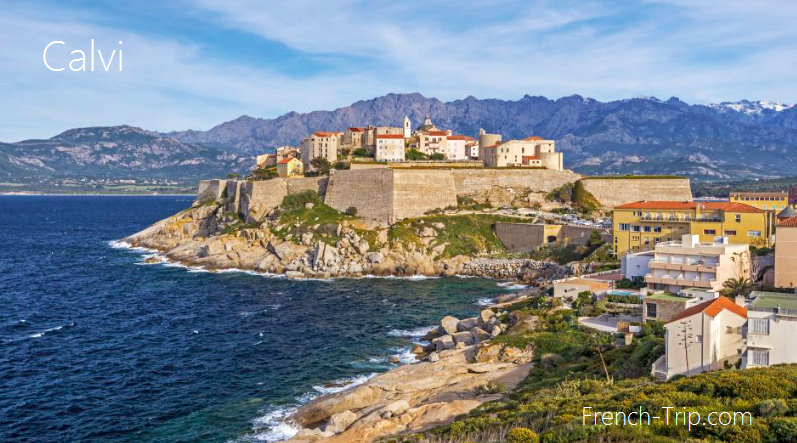
19th Century:
Napoleonic Era: Calvi gained historical prominence as a notable figure associated with Napoleon Bonaparte. Napoleon’s father was born in the city, and Napoleon himself spent time in Calvi. The citadel and other sites in Calvi reflect his connection to the city.
Tourism Development: Throughout the 19th century, Calvi began to attract tourists, drawn by its scenic beauty, historical sites, and its Mediterranean climate. This period marked the beginning of Calvi’s evolution into a popular tourist destination.
20th Century to Present:
In the 20th century, Calvi’s development as a tourist hub accelerated. The city’s historical and cultural heritage, coupled with its stunning coastal scenery, made it a sought-after destination for visitors from around the world.
Today, Calvi is known for preserving its rich history, including its Genoese citadel and associations with historical figures like Christopher Columbus. The city continues to thrive as a vibrant cultural and tourist center in Corsica, balancing historical charm with modern amenities.
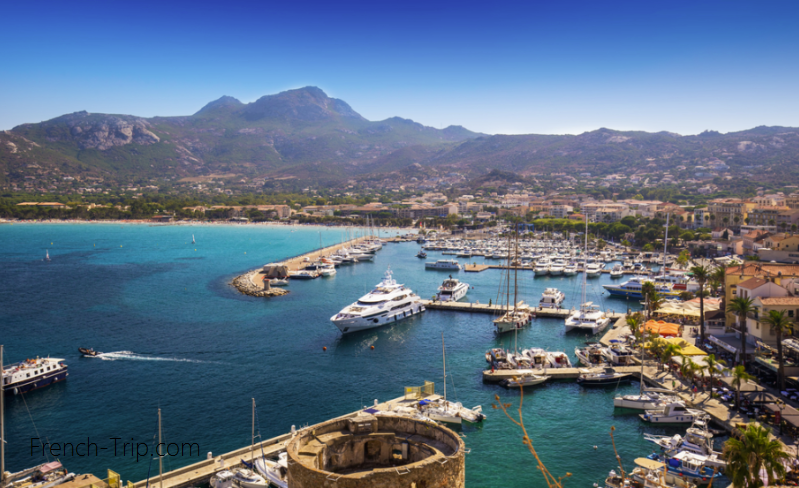
Christopher Columbus
You probably know the famous navigator Christopher Columbus, who explored the oceans in the service of the Spanish monarch Ferdinand of Aragon. The explorer is best known for having discovered the American coasts in 1492. A historical figure, he inaugurated a great period of exploration of the old continent in the Americas, and was also one of the first to write about this journey.
You must probably be asking yourself the following question: what is the link between Christopher Columbus… and Calvi? Christopher Columbus is said to have been born between August 26 and October 31, 1451 in… His place of birth is not known with certainty. And several theories contradict each other. All we know is that the explorer had Genoese origins. One of the theories states that he was born in Calvi, which at the time was under Genoese occupation.
One of the pieces of evidence that would support this hypothesis is a ruined house located in the citadel, reputed to be the house in which he was born.
Napoleon Bonaparte and Calvi
Born in Ajaccio, Napoleon became the first Emperor of the French in 1804. But Napoleon’s meteoric rise was not all glory.
In the aftermath of the French Revolution in 1790, Pascal Paoli returned to Corsica. He was triumphant, and even though Napoleon admired him and dreamed of a political future as glorious as his own, they did not get along. Napoleon was an ambitious young soldier while Paoli had already experienced war and dreamed of stability.
Napoleon decided to denounce Paoli, considering that he was no longer up to the task. Faced with the threat, the Pao-list troops headed to Ajaccio to find the Bonapartes. Napoleon hid his family, then tried to reach Corte to meet Paoli. Relatives dissuaded him… But following the destruction of the Bonaparte house in Ajaccio, Napoleon had to find a solution. It is finally in Calvi that he finds refuge: he exfiltrates his family to his godfather Laurent Giubega, who lives in the heart of the citadel!

Pierre-Napoleoon Bonaparte
Did one of Bonaparte’s nephews live in Calvi? Bonaparte had a very close family connection with Napoleon I… and indeed, his father was none other than the brother of the famous emperor! For a surprising reason, Pierre-Napoleon settled in the Calvi region in 1852: he had accepted the mission of driving away the bandit Serafino, who had a terrifying reputation. The latter was finally caught by the police and killed, even before Pierre-Napoleon could intervene.
His mission having been completed, and his wife not liking the climate of Calvi, Pierre-Napoléon decided to buy a plot of land in the commune of Calenzana, at a place called Luzzipeu. Located about ten kilometers from Calvi, they had a castle built there, on the Genoese ruins of Torra Mozza. The ruins are still visible from the seaside road, which connects Calvi to Argentella beach.
Known for his quarrelsome and troublemaking side, but also passionate about hunting and firearms, Pierre-Napoléon was nonetheless a politician: he obtained the presidency of the General Council of Corsica in 1864. He ended up leaving Corsica for good for Belgium, and left his estate to a friend in whom he had all his confidence, Captain Bianconi.
Archives
Calendar
| M | T | W | T | F | S | S |
|---|---|---|---|---|---|---|
| 1 | 2 | 3 | 4 | 5 | 6 | 7 |
| 8 | 9 | 10 | 11 | 12 | 13 | 14 |
| 15 | 16 | 17 | 18 | 19 | 20 | 21 |
| 22 | 23 | 24 | 25 | 26 | 27 | 28 |
| 29 | 30 | 31 | ||||